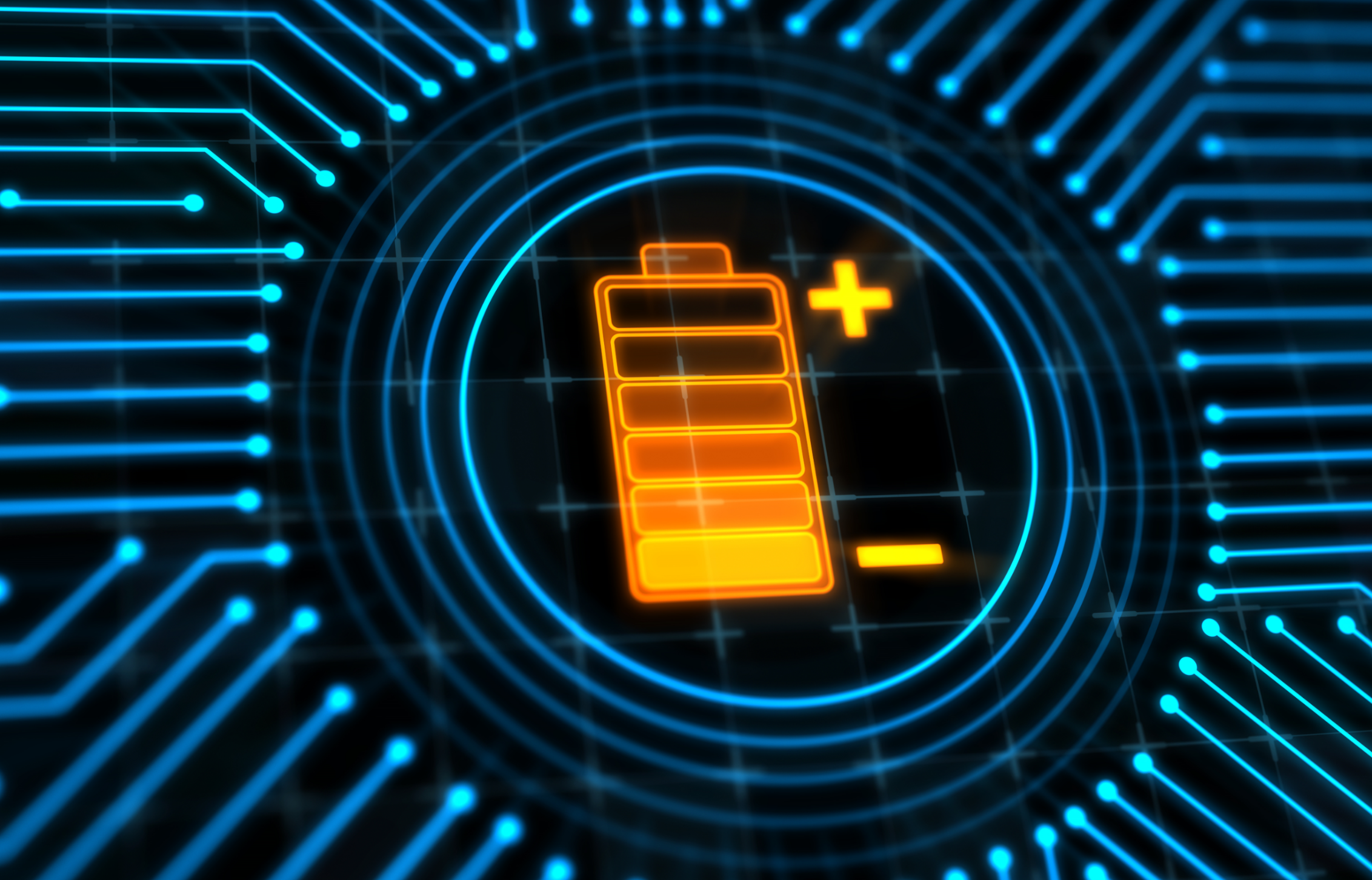LiPo's, also known as Lithium Polymer batteries, are the most popular method to power electric model RCs. Helicopters and planes are among the main consumers of the invention of LiPo batteries due to the fact that they are extremely lightweight in relation to the amount of energy they store.
They also have very high discharge rates when compared with regular rechargeable lithium polymer cell pack (NiCad as well as NiMH) which allows them to deliver massive bursts of energy required by high-performance motors employed in the most extreme flight maneuvers.

It's the invention of lithium rechargeable batteries LiPo rechargeable battery which has led to electric power being so well-known for RC helicopters.
There are some figures on LiPo batteries that are worth looking for, as they determine the rating and its suitability to your specific model. The most important ones are the battery's voltage (V) and capacity (mAh) and the discharge rate, also known as the 'C' rating.
The first one is voltage. LiPo batteries are made from cells that have an average rating of 3.7v. They are that are used in radio-controlled planes, helicopters and similar equipment will typically comprise between 1 and 6 cells of 3.7v. LiPo's typically declare the number of cells (S) but they don't always indicate the voltage.
Now let's look at how to calculate the rate of discharge (C). As mentioned before, the number C number is linked to capacity, and here is the way to calculate it. The C number indicates how many times quicker that Capacity you are able to discharge the pack at a continuous rate.